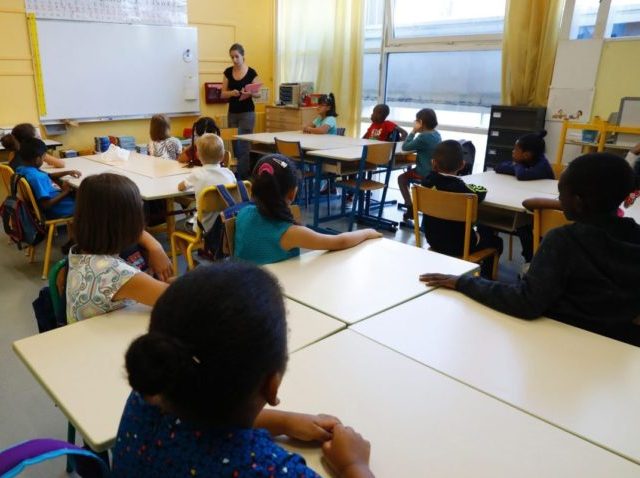Texans deserve a simpler school finance system that best meets the needs of students and taxpayers.
The Texas Senate and House have held committee hearings to consider revamping the complicated, fundamentally flawed school finance system. Instead of just tweaking a failing system, legislators should allow dollars to follow students based on their chosen education service and replace property taxes with a more efficient form of taxation.
This could be achieved with a simpler, efficient school finance system that would meet the needs of each student paid for by a reformed sales tax.
First, legislators should end the complicated way it funds schools today.
The Texas Education Agency shows $61 billion were spent on public schools in the 2014-15 school year. Average daily attendance was 4.8 million students that year, resulting in $12,761 spent per student. Given a class of 20 students receives roughly $255,000, only 20 percent funds the average annual teacher salary of $50,715.
Additionally, the National Center for Education Statistics’ data for fiscal years 1992 to 2014 note that non-teacher staff increased by 174 percent while student enrollment increased by only 49 percent. Research finds that if non-teacher staff had also increased by 49 percent, taxpayers could have saved $7.4 billion annually.
These inefficiencies are superseded by the school finance system’s fundamental problem of expenditures being school district-centered. To end the past failed tweaks and spending inefficiencies of this system that’s contributed to court cases heard by the Texas Supreme Court for the last 30 years, legislators should make funding equitable per student.
Universal education savings accounts (ESAs) would accomplish this by giving parents an account accessible online or with a limited-use debit card to purchase only educational services such as accredited private school tuition, public school services, tutors, etc. Unused funds would rollover annually and be available to pay college tuition upon high school graduation.
Studies show that education choice improves student performance, can increase teacher salaries, and boost the economy. Specifically, some teachers could earn as much as $28,000 more per year and the economy could expand by at least $300 billion more per year above the status quo if Texas adopted education choice.
Education choice would also empower parents to hold educational services accountable through competition and developed market-based measures. As with other markets, parents would take their children elsewhere based on the quality of the service if it doesn’t meet each kid’s needs.
Evidence from the Texas Education Agency of 1,379 failing public schools that serve more than 816,000 students highlights the government’s failure to design effective accountability standards because legislators lack sufficient knowledge to appropriately do so for every child.
Competition in education services would provide the necessary reforms to correct this disaster. The Texas Senate recently passed Senate Bill 3 that would be a step in the right direction to achieving these goals as it provides ESAs for certain students.
Second, the Legislature should revamp the source of school funding. Local school district property taxes fund incurred debt for public school facilities. The funding of a school’s maintenance and operations (M&O) is determined by a combination of local property taxes and state revenues based on complex state-determined formulas.
Therefore, M&O funding performs much like a statewide property tax, whereby Texas’ sixth highest effective property tax rate nationally weighs heavily on Texans. To more efficiently collect taxes to fund ESAs, the state should replace local property taxes with a reformed sales tax.
An option is to replace all local property tax revenues, not just for school districts, with a change of the current 8.25 percent maximum state and local sales tax rate to a reformed rate of 11 percent. This would require broadening the tax base to services taxed in at least one other state and the sale of property.
Economist Dr. Arthur Laffer estimated that replacing all property taxes could contribute to about $60 billion in personal income and create 337,000 new jobs above the status quo. Moreover, Texans could finally own their property instead of renting from the government.
Just getting rid of school district property taxes would require less of a sales tax rate increase, though the best option is to end all property taxes so there aren’t two taxes that government can ratchet up to fund excessive spending.
Given that legislators can get school finance right, Texas can be the leader in student performance and prosperity for the foreseeable future. Education choice, which is supported by millions of Texans, must be part of that solution.
This revamp will not be easy, but students today and future generations deserve it.
Vance Ginn, Ph.D., is an Economist in the Center for Fiscal Policy at the Texas Public Policy Foundation, a non-profit, free-market research institute based in Austin. Dr. Ginn may be reached at vginn@texaspolicy.com.

COMMENTS
Please let us know if you're having issues with commenting.